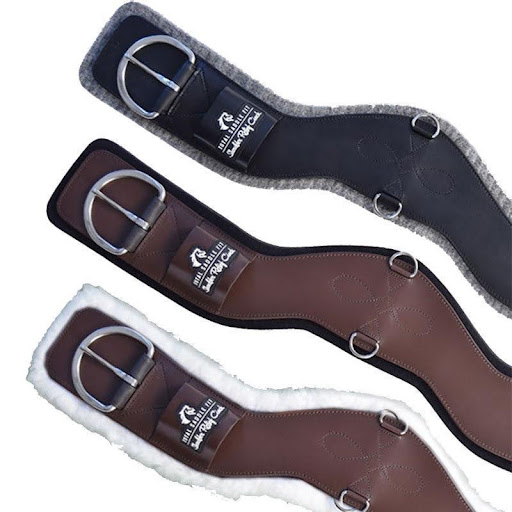There’s nothing quite as profound as the evolution of objects we often take for granted. Far from being static, each commonplace item in our homes is a testament to centuries of innovation, design, and craft. One such object that paints a vibrant story of design transformation is the humble western cinch for sale.
Have you ever really looked at your saddle’s cinch and pondered its history? Have you questioned the choices behind its design and the materials from which it’s crafted? For many of us, Western cinches are simple tools, the unsung heroes that secure our saddle in place as we race, jump and maneuver on horseback. But in fact, these seemingly mundane pieces hold a deeply intriguing narrative. This post aims to shed light on the mesmerizing evolution of western cinch for sale, tracing back the hands and minds that have elevated this essential piece of riding gear.
From the rudimentary flank cinches of the cowboy era to the technologically advanced models we see today, we are about to embark on a rewarding expedition of discovery – delving into the ‘why’, ‘what’, ‘when’ and ‘who’ behind the changes we see. Prepare to be amazed!
The Flashbacks: Origins of the Western Cinch For Sale
The usage of Western cinches stretches back to the horse-riding cultures of America’s early settlers. Initially, Native Americans ingeniously used rawhide ropes, buffalo hair, or plant material to secure their primitive saddles. Cowboys soon adopted and adapted this concept, crafting cinches from rawhide leather, which offered a robust, though often uncomfortable, means of saddle security.
It wasn’t until the early 20th century that mohair cinches made their grand entrance into the equestrian world. These cinches, woven from the wool of angora goats, was a game-changer. Despite its comfort and top-notch performance, the cost and time required to make a single mohair cinch was daunting, leading to a decline in its popularity over time.
Concurrently, research and technology brought forth the advancement of synthetic materials. By the 1970s, cinches crafted from nylon webbing started to crop up. They offered an unbeatable mixture of affordability, durability, and ease of care, causing a dramatic tilt in the saddle cinch market.
Design Evolution: How Cinch Styles have Evolved over Time
Moving from a simple strand of animal hide to a beautifully crafted item, the transformation of cinch designs is fascinating. Rocking R Ranchwear championed the move from conventional rectangular cinches to contoured designs in the late 20th century. This geometry allowed a better fit around the horse’s barrel, reducing pad movement and providing enhanced comfort to the animal.
Recent years have witnessed an influx of innovative cinch designs, focused on maximizing horse comfort and minimizing potential injury. Incorporative features like roller buckles and elastic stretch contribute to more fluid adjustment, while cutaway and vented designs ensure better breathability and heat dissipation.
The Pros and Cons: The Evolutionary Trade-offs
As with all evolutionary tales, the journey of cinches is marked by significant trade-offs. Mohair offers supreme comfort but at the cost of premium prices and care demands. Nylon cinches are easier to maintain and less expensive, yet they lack the same level of comfort and breathability.
Moreover, the focus on improving horse comfort and cinch performance has sometimes over-complicated the traditionally straightforward design. Cutaway or vented cinches may present a nutritious breeding ground for dirt and grime, augmenting the frequency of cleaning and maintenance.
The Architects: Influential Brands and Designers
Just as important as the materials and design nuances are the driving forces behind these advancements. Brands like Mustang, Weaver Leather, Classic Equine, and Professional’s Choice often top the charts in the world of western cinch for sale, with their commitment to quality, innovation, and horse welfare.
Conclusion: Wrapping up the Cinch Evolution Journey
The ever-evolving narrative of western cinch for sale serves as a clear blueprint of design perfection and material innovation. It teaches us that simplicity is not stagnation, and that even the most mundane tools hold a fascinating tale.
Indeed, the humble cinch tells an intriguing story of how an understated item of equestrian gear can transform to meet the ever-changing needs of horses and riders. It mirrors the man’s ingenuity and adaptability, holding up a mirror to our relentless pursuit of betterment and comfort. So next time you mount your horse, take a second to appreciate the beautifully crafted cinch securing your saddle – it’s a testament to the remarkable journey of improvement and evolution.
